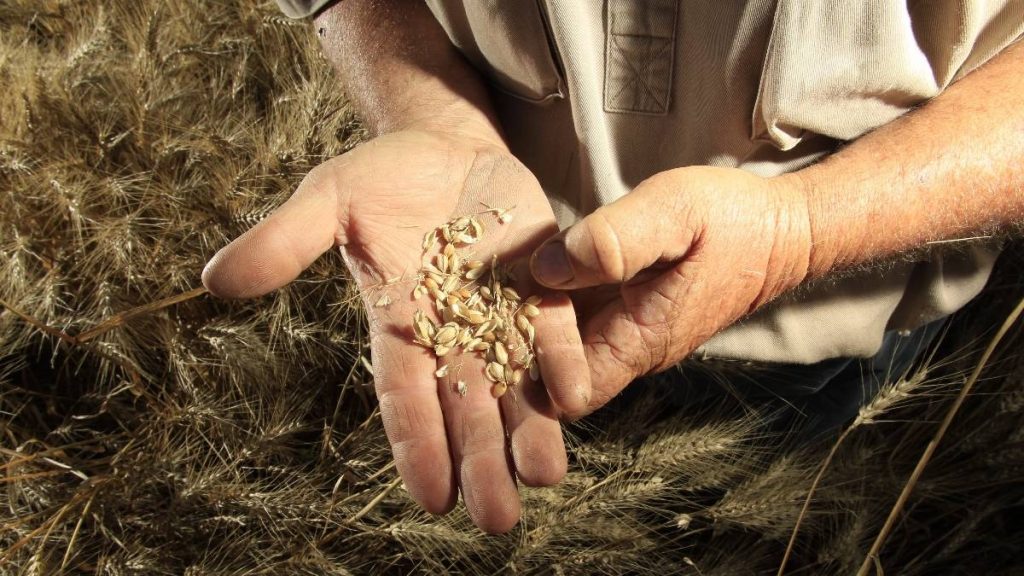
Wimmera Farming – Establishing KPIs
By Brian Watts
These days, Wimmera farmers cannot afford to treat their farm as anything other than as a business. Just taking the value of assets used, the median dollar value in 2019 of farm assets under management was $10,787,000. That was eighteen months ago! Asset values have not remained stable!
Apart from the value of assets being managed, the huge cost of inputs, cropping decisions in light of more volatile climatic conditions, agronomic decisions, no longer a single desk when selling grain; the volatility of grain prices, grain storage decisions just to name a few, add up to ‘a very complex business model’!
This vastly more complex nature of broad acre farming as opposed to those in earlier generations, coupled with the significant investment in farm assets basically mean farming is serious business.
Most serious businesses monitor performance and returns on investment especially when multiple owners have invested their ‘hard earned’, with responsibility for performance is in the hands of a CEO or business manager.
Non-farm businesses, will measure returns on investment or profitability, by using key performance indicators or KPI’s. Many factors affect a KPI. For example, customer satisfaction, average dollars spent by each customer; sales per worker, service standards impact on bottom line profit. Sporting clubs of all types measure many KPI’s for each player as they impact on the number of wins and losses. Goals kicked, points scored, intercepts, possessions, aces and so on. They all count!
There is a massive difference in performance across the Wimmera farms! How is this measured?
In response, without going into great detail I will refer to three KPI’s taken from our most recent completed Wimmera Farm Performance Report: Both the median result and that for the Top 20% farm will be quoted for the 5-year rolling average to 2019.
Return on Farm Assets Under Management at current day valuations: Profit after all operating costs including owners wage, economic depreciation was 1.01% for the median farm in our report. The Top 20% earned 5.87%.
Farm Operating Costs as percentage of Gross Farm Income: The median farm outlaid 60% of gross farm income. The Top 20% of farms outlaid 41% over that 5-year period.
Farm Income generated from Farm Assets Under management (Asset Turnover Ratio): The median farm over the 5 years to 2019 earned 9.24% of the value of farm assets under management. The Top 20% of farms averaged 14.64%. This means that for every $100,000 of assets, the median farm earned $9,240 in farm income. The Top 20% earned $14,640 in income for every $100,000 in assets managed over that five-year period.
It is only possible to gauge how any business including a Wimmera farm is performing is by measuring and monitoring the vital KPI’s such as those mentioned above? This is not just a one-off task; it becomes an essential part of any business management. KPI calculation needs to become an ongoing habit, an essential task that will provide feedback on each year’s results. For many it will become an essential aspect to ensure long term viability, by helping build resilience in light of the many complex aspects of modern-day farm decision making as mentioned earlier on.
In a follow up article, the topic “A simple successful method to improve these three vital KPI’s” will be covered?
If any of the above is of interest to our Wimmera farm readers Watts Price Accountants of Horsham who have reported on Wimmera farm performance since 1991 prepare an annual report on 17 KPI’s together with a 5-year rolling average for Wimmera farms and welcome new participants.
